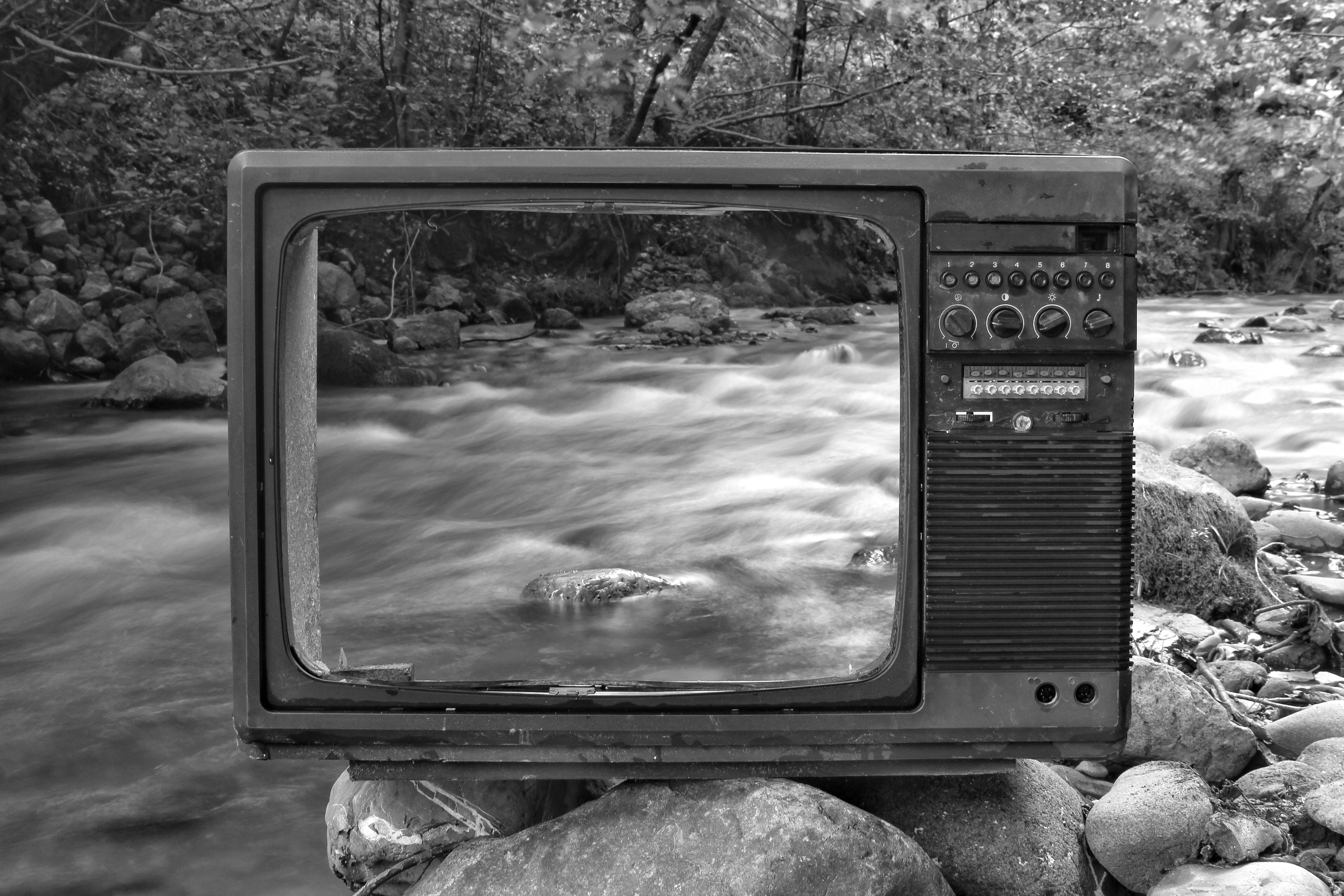If you have noticed water damage on your ceiling tiles, then you know that it can be a difficult and daunting task to repair them. Fortunately, with the right tools and a bit of patience, repairing ceiling tiles with water damage can be done in a few simple steps. In this guide, we will discuss how to repair ceiling tiles with water damage, from assessing the level of damage to the materials and tools needed for the job.Water damage to ceiling tiles can be caused by a number of things, including leaking roofs, overflowing sinks or bathtubs, plumbing leaks or overflows, and condensation from air conditioning units. In addition, if the ceiling tiles are made of a material that is not waterproof or water-resistant, they are more susceptible to water damage.
Assessing the Damage On Ceiling Tiles
Assessing the damage on ceiling tiles can be a daunting task, but understanding the extent of the damage is essential for determining the best course of action. Before any repairs can begin, it’s important to assess the damage and determine if a repair or replacement is necessary.
Inspecting damaged ceiling tiles closely can help you understand how much of the tile needs to be replaced or repaired. Check for any cracks, chips, gouges, stains, discoloration, or other signs of wear. Any tile that has sustained more than superficial damage should be replaced. You should also take note of any areas that may have been affected by water damage or mold growth.
If you’re unsure of whether a tile needs to be repaired or replaced, it’s best to err on the side of caution and replace it. If you attempt to repair a tile that has sustained more significant damage, it may not last as long and could cause further problems in the future.
In some cases, only part of a tile will need to be replaced. You should carefully remove any damaged sections with a chisel and hammer before replacing them with new tiles that match up with existing tiles in terms of color and texture. This will ensure that your ceiling looks uniform when finished.
Once you’ve assessed all the damaged tiles on your ceiling, you can decide whether they need to be repaired or replaced entirely. This will depend on your budget and how much time you have available for repairs. Additionally, if there are any areas affected by water damage or mold growth, these should be treated before any repairs are made in order to prevent further issues in the future.
Repairing Water Damaged Ceiling Tiles
Repairing water damaged ceiling tiles is a relatively simple process that can easily be done by a homeowner. To repair water damaged ceiling tiles, you will need some basic materials such as drywall compound, a putty knife, sandpaper, and a utility knife. You may also need joint compound and mesh tape if the damage is extensive.
The first step in repairing water damaged ceiling tiles is to cut out the affected area with the utility knife. Make sure that you are removing all of the wet material and that the edges of the cutout are smooth. Once this is done, it’s important to check if there is any underlying damage such as mold or mildew present before continuing. If there is any underlying damage, it should be treated appropriately before proceeding with the repair.
Once all of the wet material has been removed, you will need to apply drywall compound to the area using the putty knife. Make sure to spread it evenly over the entire surface and allow it to dry completely before proceeding with sanding. Once it has dried completely, use sandpaper to smooth out any rough edges or bumps.
If necessary, you may also need to use joint compound and mesh tape to patch any holes or cracks in the ceiling tile before painting or wallpapering over them. Once everything is patched and painted or wallpapered appropriately, your water damaged ceiling tile should look good as new!
Gathering Materials
Before you can begin repairing the ceiling, it is important to ensure that you have all the necessary materials and tools. This includes drywall screws, a drywall saw, joint compound, a putty knife, a sanding block, and drop cloths. It is also important to wear safety goggles and a dust mask when working with drywall or other materials.
Cutting Out Damaged Area
Once the materials are gathered, use the drywall saw to cut out any damaged areas. Make sure to cut around any fixtures or obstacles in order to keep them intact. Once the damaged area is removed, patch it with new drywall using the screws and joint compound.
Sanding
Once the patching is complete, it’s time to sand the area smooth. Using a sanding block attachment for your drill or sander will make this job much easier and faster. Be sure to wear safety goggles and a dust mask when sanding. Finally, cover the area with a light coat of paint if necessary.
Cleaning Up
Once you have finished repairing your ceiling it’s important to clean up properly. This includes sweeping up any debris or dust left behind from cutting or sanding as well as disposing of any scraps of drywall or other materials that were used in the repair process. Finally, make sure to remove all drop cloths before leaving the work area.
Drying Out Damaged Ceiling Tiles
When ceiling tiles become water-damaged, it can be difficult to know how to approach the situation. Ceiling tiles are typically made from a variety of materials, such as gypsum, fiberglass, metal, and vinyl. These materials can be very absorbent and are not easy to dry out. For this reason, it is important to take the proper steps when attempting to dry out damaged ceiling tiles.
The first step is to identify the source of the water damage. This could be anything from a leaking roof or pipe, an overflowing sink or bathtub, or even a flood. Once the source has been identified and addressed, you can then begin to dry out the ceiling tiles. It is important to note that if mold or mildew has begun to form on the ceiling tiles, they should be thoroughly cleaned off before attempting any drying methods.
One of the simplest ways to dry out damaged ceiling tiles is by using fans or dehumidifiers. Fans should be placed around the area in order to create air circulation and help speed up drying time. Dehumidifiers can also help remove moisture from the air and reduce humidity levels in order for drying out damaged ceiling tiles. If possible, open windows or turn on an air conditioner in order to facilitate airflow and aid in drying out damaged ceiling tiles more quickly.
It may also be necessary to use heat sources such as hair dryers or space heaters in order to help speed up drying time for severely water-damaged ceiling tiles. However, it is important not to overheat these materials as this could cause them further damage. If possible, close off affected areas with plastic sheeting or tarps in order to contain moisture until all affected areas have dried completely.
Once all visible signs of water damage have been removed from damaged ceiling tiles, they should be inspected for any signs of structural damage such as weakened seams or cracks which could lead to further problems if left untreated. If necessary repairs should be made before reinstalling ceiling tiles back into place once they have completely dried out.

Replacing Damaged Ceiling Tiles
Ceiling tiles can be damaged over time due to wear and tear, or from an accidental impact. If you have damaged ceiling tiles, it is important to replace them as soon as possible in order to maintain the integrity of your ceiling. Replacing ceiling tiles is a relatively simple process that doesn’t require any special tools or skills. Here are the steps necessary for replacing damaged ceiling tiles:
1. Start by removing the damaged tile by carefully lifting one corner of it up from its mounting and then carefully prying out each corner until it is free. Be sure to save the tile so that you can use it for reference when purchasing a replacement.
2. Measure the tile dimensions carefully in order to purchase a replacement that fits perfectly. Ceiling tiles are available in a variety of sizes and materials, so make sure you get one that matches your existing tiles.
3. Install the new tile by sliding it into place in the mounting grid and pressing down on each side until it clicks into place.
4. Once the new tile is installed, check around all edges to ensure that there is no gap between it and the adjacent tiles.
By following these steps, you can easily replace any damaged ceiling tiles in your home or office and keep your ceiling looking great!
Remove the Old Ceiling Tiles
The first step to installing new ceiling tiles after replacement is to remove the old ceiling tiles. This can be done by gently prying them away from the ceiling with a flathead screwdriver. Be sure to wear protective gloves during this process as the old tiles may contain asbestos or other hazardous materials that can cause serious health risks. Once all of the old tiles are removed, dispose of them properly in a sealed container or bag.
Clean and Prepare the Ceiling
Once all of the old ceiling tiles have been removed, it is important to clean and prepare the ceiling for installation. Start by vacuuming up any dust or debris that may have accumulated on the surface of the ceiling. Next, use a damp cloth to wipe down any remaining residue or dirt that may be present. After cleaning, use caulk or spackle to fill in any holes or cracks in order to create a smooth surface for your new ceiling tiles.
Measure and Cut New Tiles
Before beginning installation of your new ceiling tiles, it is important to measure and cut them accurately for proper fit. Measure each tile individually and mark where it will need to be cut with a pencil or marker. Then, use a utility knife or jigsaw to make precise cuts along your marked lines. When cutting multiple pieces, it is helpful to make all of your cuts at once rather than one at a time so that they are uniform in size.
Install New Ceiling Tiles
Once you have measured and cut your new ceiling tiles, you are ready for installation! Begin by applying adhesive directly onto the back of each tile piece before pressing it firmly into place on the ceiling surface. Make sure that each tile is even with its neighbors and leave no gaps between them for best results
Sealing and Protecting the New Ceiling Tile
Installing new ceiling tiles can be a great way to improve the look and feel of any room. However, if not properly sealed and protected, water damage can occur. To ensure that your new ceiling tile is well-sealed and protected from water damage, there are several steps that should be taken.
First, make sure to use a quality sealant when installing the tiles. A high-grade silicone-based sealant should be applied to the edges of each tile to ensure a tight seal against moisture infiltration. Additionally, apply the sealant around the perimeter of the ceiling tile when it is installed in order to create an extra layer of protection against moisture.
Second, it is important to ensure that all seams between tiles are properly sealed with caulk or grout. Seams between tiles can allow moisture to penetrate into the ceiling tile, so it is important that they are properly sealed with caulk or grout. This will help create an extra layer of protection against any potential water damage.
Finally, make sure to apply a waterproofing paint or coating on top of the new ceiling tile in order to protect it from future water damage. This should be done after all other steps have been completed in order to provide an extra layer of defense against moisture infiltration and potential water damage.
By following these simple steps, you can help ensure that your new ceiling tile stays well-sealed and protected from any potential water damage for years to come.

Conclusion
Ceiling tiles with water damage can be repaired by first identifying the source of the problem and fixing it. Once the problem is identified, the area should be cleaned and dried thoroughly, and a sealant should be applied. The tiles should then be replaced with new ones or repaired using a patching kit. In some cases, an adhesive may also need to be applied in order to secure the tiles in place. Repairing ceiling tiles with water damage is a relatively simple process that can be done by anyone with basic DIY skills.
It’s important to note that if the ceiling tiles have been damaged beyond repair, they will need to be replaced altogether. Before replacing them, it is essential to make sure that any potential sources of water damage have been identified and dealt with accordingly. By taking these steps, you can help ensure that your ceiling tiles are not only restored but also protected from further damage in the future.

